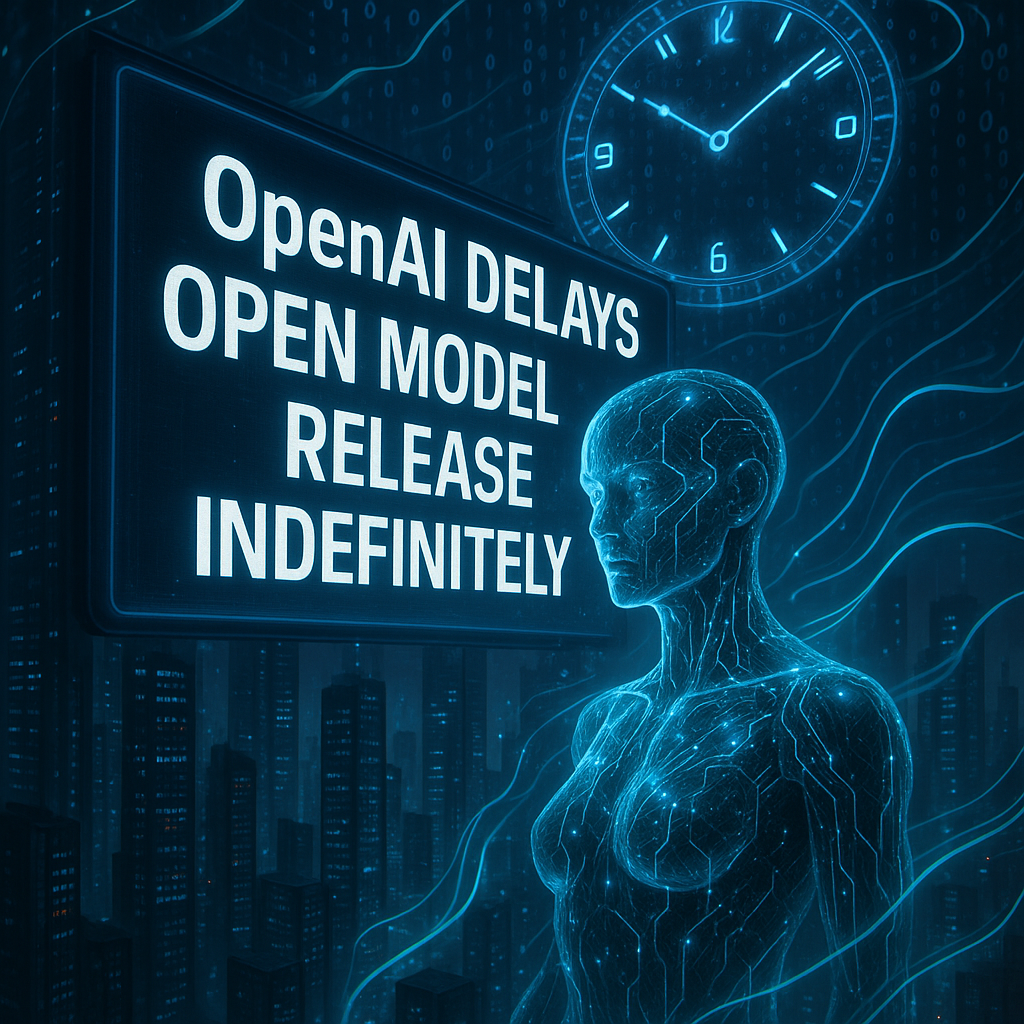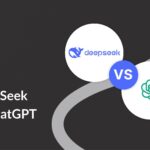
OpenAI delays the release of its open model, again
# OpenAI’s Bold Move: Delaying Open Model Release for Safety’s Sake
In the fast-paced world of artificial intelligence, the news that OpenAI is indefinitely delaying the release of its highly anticipated open model came as a startling development. While OpenAI was set to release this groundbreaking model next week, they have opted to step back and conduct additional safety testing—choosing caution over speed.
## The Reluctant Pause
Sam Altman, CEO of OpenAI, took to X (formerly Twitter) to explain the reasoning behind this unexpected delay. He emphasized the necessity of safety and thorough review before making a model publicly available. “We need time to run additional safety tests and review high-risk areas. We are not yet sure how long it will take us,” Altman said. This statement underscores a key conviction: the irreversible nature of releasing model weights warrants extensive evaluation. Once these weights are available, “they can’t be pulled back.”
### Why This Delay Matters
OpenAI’s decision is significant not only due to the widespread anticipation surrounding the release but also in the context of fierce competition in the AI space. Companies like xAI, Google DeepMind, and Anthropic are investing heavily in enhancing their own AI capabilities. More immediately pressing is the recent launch by Moonshot AI, which released its Kimi K2—a trillion-parameter model that reportedly outperforms OpenAI’s GPT-4.1.
These rapid advancements from competitors amplify the stakes for OpenAI. They are determined to maintain their status as leaders in AI innovation—a difficult task that becomes more daunting with every delay.
## The Drive for Quality Over Speed
OpenAI’s open model release is unlike GPT-5 or previous iterations. It represents a democratization of AI technology by providing developers with the freedom to download and run the model locally. Yet, the responsibility that comes with this freedom is immense. “While we trust the community will build great things with this model, once weights are out, they can’t be pulled back,” Altman cautioned.
Aidan Clark, OpenAI’s VP of Research, added further clarity: “Capability wise, we think the model is phenomenal — but our bar for an open source model is high and we think we need some more time to make sure we’re releasing a model we’re proud of along every axis.” Clark’s statement sheds light on OpenAI’s internal benchmarks for success, which apparently transcend mere operational functionality and venture into realms of ethical responsibility and societal impact.
### The Excitement and Erosion of Patience
The delay, nevertheless, leaves developers and AI enthusiasts waiting longer to experience what has been promised as a “best-in-class” model. This promise builds anticipation but the wait tests the patience of many who are eager to innovate with the new tools OpenAI will offer. Meanwhile, other AI players have not paused; they continue to push boundaries, creating an ecosystem where competition could swiftly change the landscape.
## What We Can Learn from OpenAI’s Decision
This delay offers a unique learning moment for those invested in technology, whether as developers, entrepreneurs, or innovators. It illustrates a dynamic tension in the tech world: the trade-off between rapid innovation and ensuring a product’s safety, reliability, and ethical standing. Here are key lessons:
– **Prioritization of Safety**: Safety must be a paramount concern, even if it means decelerating time-sensitive projects. Long-term consequences can outweigh short-term benefits.
– **Communication and Transparency**: Altman’s openness about the delay communicates a standard for honesty and transparency that others should emulate, especially in high-stakes industries.
– **Benchmarking Against Competition**: Understanding your position relative to competitors, as OpenAI does with Moonshot AI and others, drives strategic decision-making grounded in reality rather than just ambition.
## Engaging with Ethical Inquiry
OpenAI’s bold choice raises an important question for reflection. In a world racing toward groundbreaking technological advancements, how do we balance relentless forward momentum with the moral imperatives we must hold dear? As those in the tech community eagerly await OpenAI’s next move, the delay invites us to ponder not just what we should build, but how and why we build it.
This moment isn’t merely a pause; it’s an invitation to engage more deeply with the ethical considerations all technological developments should embrace. By focusing on these questions, we not only elevate our projects but learn to create responsibly.
Ultimately, how will the world respond to OpenAI’s commitment to ethics and safety over speed? As the race for AI supremacy continues, we eagerly await to see not just when, but how OpenAI will set the stage (and possibly rethink the framework) for a safer, more accountable AI future.

